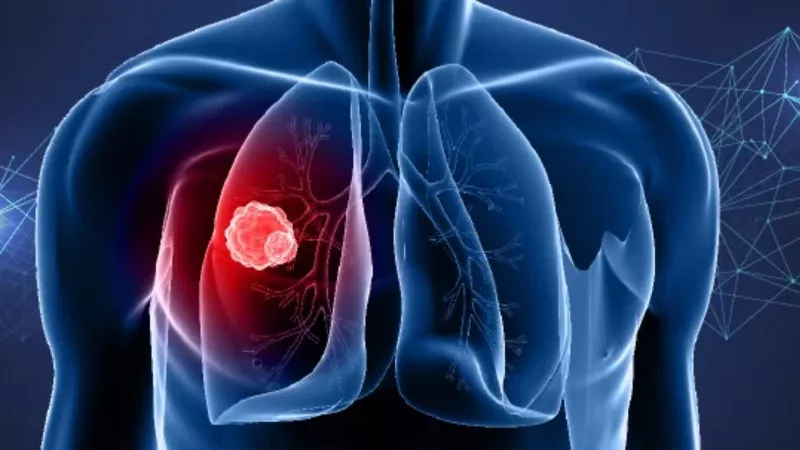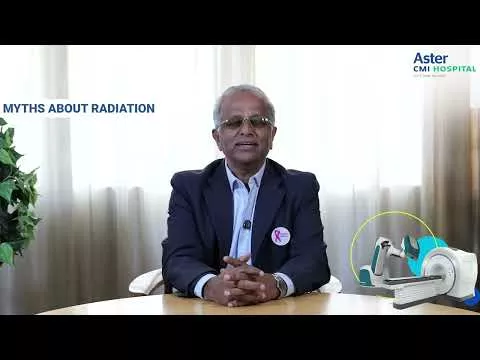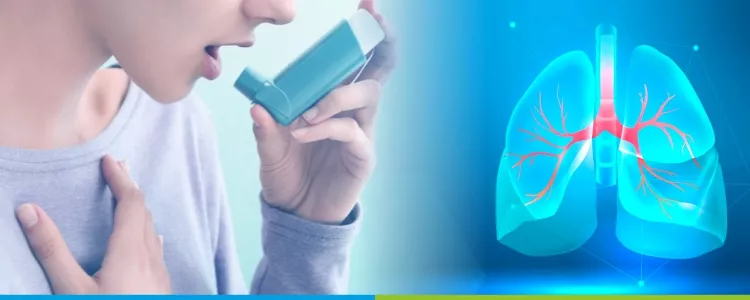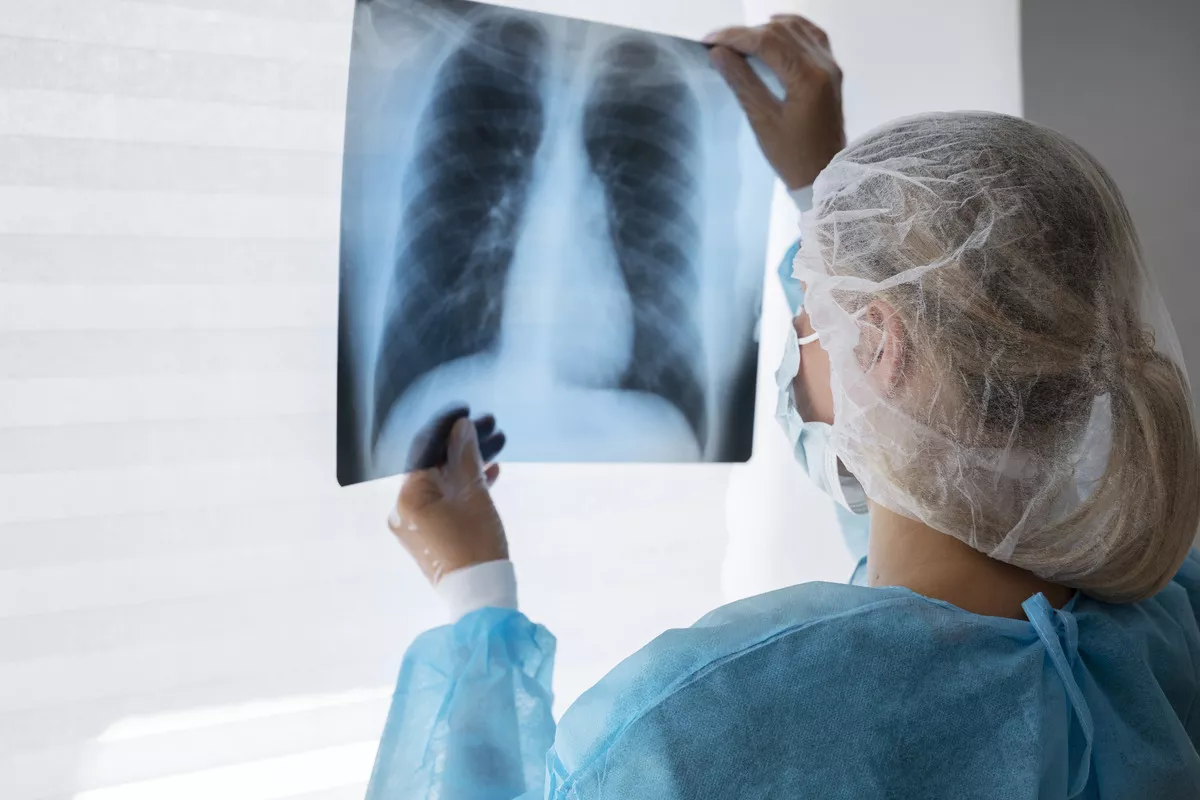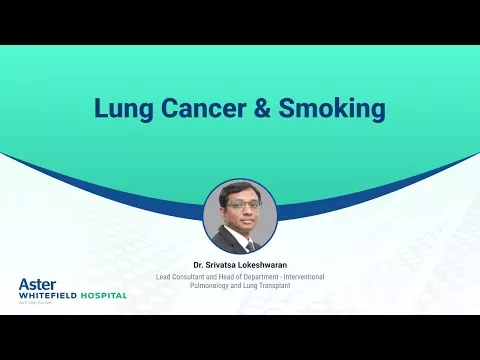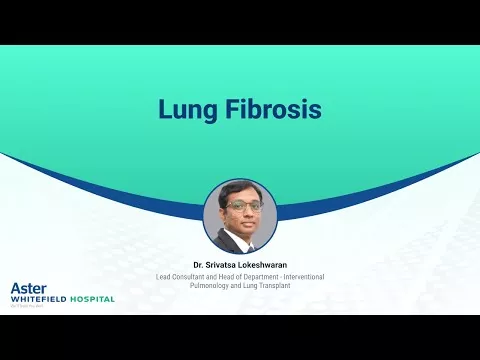Air quality is no longer just an environmental topic. It now plays a direct role in shaping health outcomes across cities and rural regions. Breathing polluted air every day may not always lead to coughing or fatigue. But over time, it increases the risk of developing serious illnesses. Lung cancer is one of them.
In India, pollution levels have been climbing. At the same time, cases of lung cancer are rising in both smokers and non-smokers. This is no longer a coincidence. Studies now show that poor air quality is a key contributor to lung cancer causes. The sooner we understand this link, the better we can prepare, act, and protect those at risk.
What Makes Polluted Air So Dangerous?
Clean air carries oxygen. Polluted air carries harmful particles. These include PM2.5 and PM10, both of which are small enough to enter deep into the lungs. Gases like ozone, sulphur dioxide, and nitrogen dioxide are also present in many parts of the country.
When people breathe in these particles, the lungs respond. At first, the body tries to flush them out. But with daily exposure, that defence system breaks down. Inflammation builds. Cells get damaged. Mutations begin. Over the years, this cycle increases the risk of cancer, especially in high-exposure zones.
A recent study looked at data from across India. It found that cities with higher Air Quality Index readings reported more lung cancer deaths. Delhi and Bhiwadi had some of the highest pollution levels. Both showed clear links between long-term air exposure and rising cancer numbers.
Common Lung Cancer Causes
Tobacco is still a major risk factor. But it is not the only one. The lungs are sensitive to any long-term irritant. That includes air pollutants found in vehicle exhaust, industrial smoke, or burning crop waste. Other causes include:
- Prolonged exposure to asbestos or diesel fumes
- Inhaling indoor smoke from stoves or poor ventilation
- Previous lung infections or lung-related illnesses
- High levels of radiation in certain workplaces
- Family history of cancer
Air pollution is harder to avoid than tobacco. Everyone breathes the same air, and most people cannot move to cleaner places. This makes awareness even more important.
Knowing the Types of Lung Cancer
There are two main types of lung cancer. Both start in the lungs but behave differently. One is slower. The other spreads quickly.
- Non-Small Cell Lung Cancer (NSCLC) is the more common type. It accounts for over 80 percent of cases. If found early, it often responds well to surgery or radiation.
- Small Cell Lung Cancer (SCLC) is more aggressive. It spreads to other organs faster. It is usually treated with chemotherapy first.
Understanding the type helps doctors decide on the right treatment. Diagnosis is based on scans, biopsies, and blood tests.
Lung Cancer Stages and What They Mean
Lung cancer stages explain how far the disease has progressed. Early detection often means better treatment results. But air pollution-linked cases are often found late, as people dismiss symptoms or assume they are temporary. Here’s a detailed breakdown of stages:
Stage I: Cancer is limited to one lung.
Stage II: It spreads to nearby lymph nodes.
Stage III: It reaches the chest wall or larger lymph areas.
Stage IV: It has moved to distant parts like the brain or liver.
Once a person knows the stage, they can begin targeted care. But every stage comes with its own challenges.
What the Research Says About Air Pollution and Lung Cancer
A team of researchers used machine learning models to study the connection. They applied regression models and algorithms to air quality and health data. The results were clear. Places with high AQI scores also had higher lung cancer deaths. Among all methods tested, XGBoost Regression delivered the most accurate predictions.
The findings confirm what public health experts have warned for years. Air pollution and lung cancer are closely connected. And the longer people stay exposed, the higher the risk becomes. This is not just about numbers. It is about daily life. It is about children growing up in polluted cities. It is about non-smokers developing lung cancer without understanding why.
Final Thoughts
Lung cancer is no longer limited to people with a history of smoking. It is now affecting people who live in places with high pollution. The causes are changing. But awareness can shift outcomes. Pay attention to early signs, get screened if you are at risk, ask questions if symptoms linger, and [most importantly] do not delay expert help.
Seek assistance from the best cancer hospital in India to find relevant solutions. Aster Hospitals offers care and guidance through some of the most experienced cancer specialists in the country. If symptoms point to something more than a seasonal illness, timely support makes all the difference.
